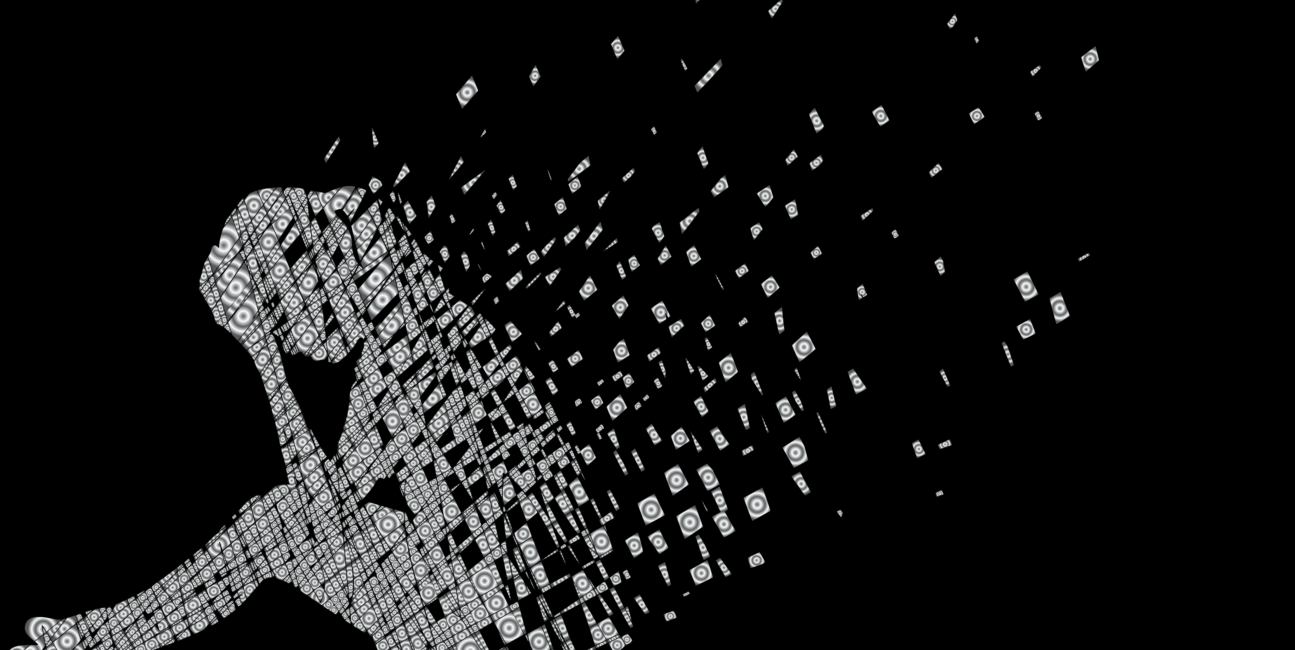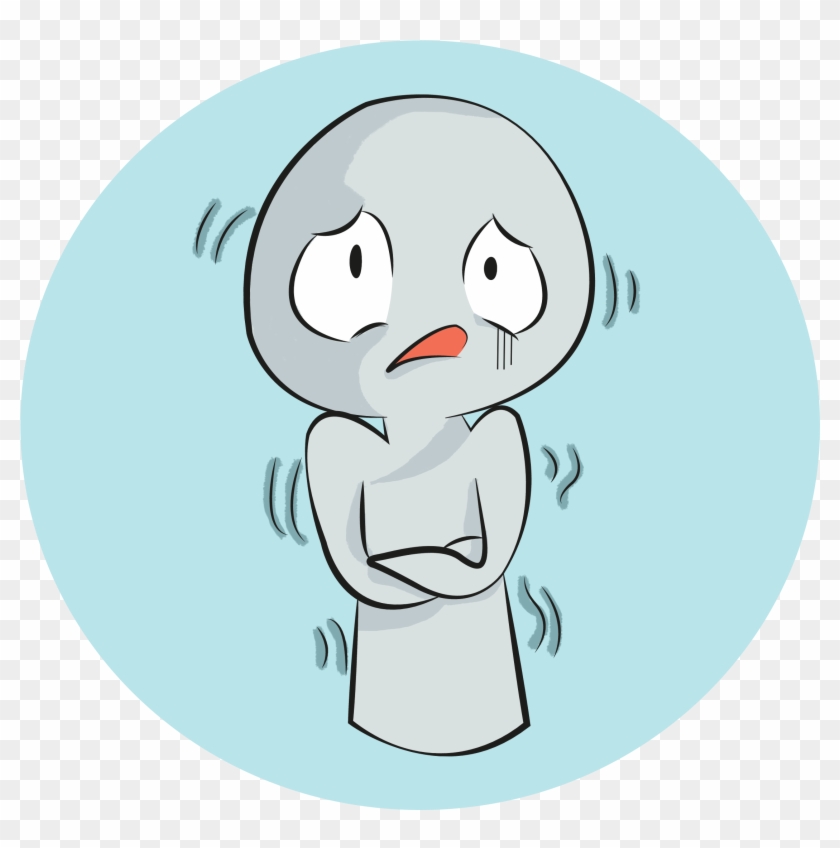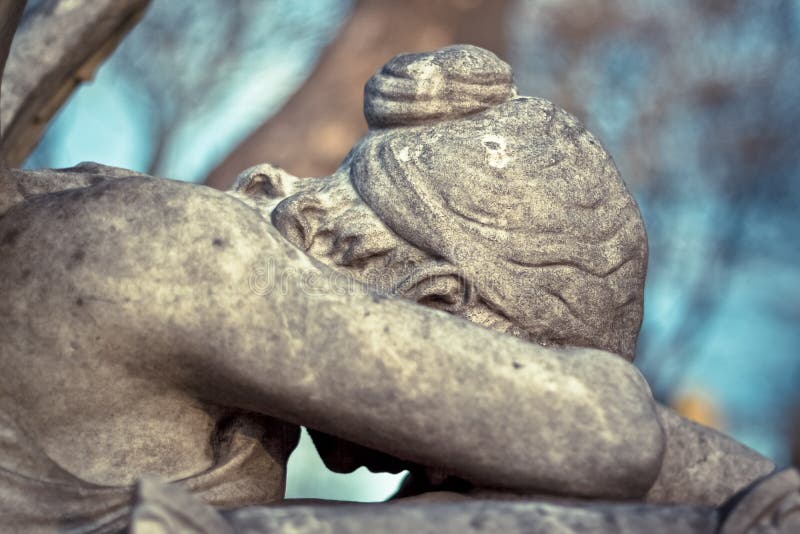 What is mental health?
What is mental health?
Mental health is a term that refers to our emotional, psychological, and social behaviors and thoughts. it can tell us how we handle stress, relate to tohers, and make choices. Mental health is important all throughout our lives. It can be affected by genetics, brain chemistry, and life experiences. Some signs of bad mental health include the following:
-Alcohol, smoking, and drug use
-Eating or sleeping too much or too little
-Low energy
-Mood swings that cause relationship issues
-Hearing voices
-Feeling removed from everyone else
-Thinking of harming oneself
-Yelling or fighting with loved ones
-Feeling numb
-Feeling helpless or hopeless
-Not being able to get memories out of your head
-Inability to do daily tasks
Having good mental health helps with realizing one's full potential, ncoping with the stresses of life, and working productively.
Below are the most common forms of mental illness. To learn more, click on the illness or scroll through the page.
Stress

Stress is a feeling of emotional or physical tension. It can come from any event or thought that makes you feel frustrated, angry, or nervous. Stress causes your body to change signals to your brain changing its environment and life and body that you live in. Stress is caused by chronic illness or injury, emotional problems, and traumatic events. Signs of stress include dizziness, problems sleeping, weight gain or loss, exhaustion, loss of appetite, and muscle tension in the neck, shoulders, and face. It is linked to 6 leading causes of death: heart disease, cancer, lung ailments, accidents, cirrhosis to the liver, and suicide. It can become harmful when you engage in driven use of substances or behaviors to try to relieve stress. These substances/behaviors include food, alcohol, tobacco, and gambling.
Depression

Depression is a mental disorder that negatively affects emotions, thoughts, and actions. It can cause sadness, loss of interest in activities, emotional and physical changes. 1 in 15 adults have experienced some form of depression, and every 1 in 16 people will experience depression in their lives. Depression usually becomes apparent during the late teens and mid-20's. Women are more likely to experience depression than men. Some symptoms of depression are the following:
-Feeling sad or depressed
-Changing appetite
-Sleeping problems
-Loss of energy
-Increased fatigue
-Increased useless movement
-Slow movement/speech
-Feeling worthless/ guilty
-Difficulty thinking and concentrating or making decisions
-Suicidal thoughts
-Thoughts on death
Symptoms must last at least two weeks in order to be diagnosed. Medical conditions (such as thyroid problems, brain tumors, vitamin deficiency etc.) can cause symptoms that are similar to those of depression. It's also good to know that sadness is NOT the same thing as depression, although they are occasionally lumped into the same category.
Depression is one of the most treatable mental illnesses. There are several ways to treat it, including medications and psychotherapy.
Depression can be affected by things such as biochemistry, genetics, personality, and environmental factors.
Anxiety

Anxiety is a feeling of worry, nervousness, or unease, typically about an imminent event or something with an uncertain outcome. Every 1 in 5 adults struggles with anxiety and every 1 in 3 teenagers struggle with anxiety. Some anxiety disorders are Generalized Anxiety Disorder, Social Anxiety Disorder, Phobias and Panic disorder. Generalized Anxiety Disorder is excessive worry on issues most days for at least six months, sometimes with physical symptoms such as muscle tension, hammering heart, and dizziness. Social Anxiety Disorder is anxiety from social situations or when called to perform (public speaking). Phobias can cause anxiety. Panic disorder are sudden panic attacks, that makes one's heart pound, and causes things such as breathlessnes and dread. Anxiety also increases stress and blood pressure. High blood pressure can lead to heart problems, strokes and kidney disease.
Obsessive Compulsive Disorder(OCD)

OCD is a disorder that causes unwanted, unreasonable thoughts and fears that lead to compulsions. These compulsions interfere with daily life and cause a lot of stress. If one tries to ignore these compulsions, it causes more distress and anxiety. To ease this anxiety and distress, one is driven to fufil their compulses. OCD usually includes both obsessions and compulsions, but it's possible to just have obsessions or compulsions. Some people may not realize the effect of obsessions and compulsions on their lives, but obsessions and compulsions take up a lot of time each day. Some symptoms of obsessions are repeated, persisting, unwanted thoughts, urges or images that cause distress and anxiety that usually intrude while doing other things. Compulsions, on the other hand, are repetitive actions that are meant to reduce anxiety from obsessions or to prevent something bad from happening. Compulsions bring no pleasure and only provide temporary relief. They are often not related to the problem that they are fixing.
The causes for OCD aren't understood yet, but there are theories that link it to biology, genetics, and environment.
Post Traumatic Stress Disorder (PTSD)

PTSD is a psychiatric disorder that comes from experiencing or witnessing a traumatic event. It can also be reffered to as shell shock or combat fatigue. This can happen to people regardless of whether they have first-hand experience or not. it affects about 3.5 percent of adults in the US, and around 1 in 11 people are diagnosed in their lifetime. PTSD causes disturbing thoughts and emotions that are related to the experience. These last for a long time after the traumatic event has ended. The person who has PTSD may relive the experience through nightmares and flashbacks, and they may react to things such as loud noises and touching. People diagnosed with PTSD may avoid situations that may trigger memories, which may include avoiding people, places, activites, objects, and situations. it can cause distress or problems functioning, irritability, angry outbursts, reckless or self destructive behavior, problems concentrating, or sleeping. PTSD often happen with other mental illneses.
Grief & Sadness

Sadness is an emotional state connected to bad moods and unhappy feelings. It is a basic human emotion that is a natural response to psychological emotional or physical pain. They generally go away after being resolved or come to terms with events. Sadness has affected someone at any point of their life either behavioral or psychological. Ways people get over a moment of sadness is by crying it out and isolating yourself for a short period of time. It can cause withdrawal from others and loss of interests. Sadness isn't the same thing as depression but can lead to it. Depression is diagnosed and sadness isn't. You can often find out what makes you sad but not really for depression. Sadness can be a symptom for mental illness like depression, anxiety, antisocial personality, anorexia, bulimia and can cause someone to go into social isolation.
Grief is a very strong emotion and can be very overpowering for some people. Its caused by deep sorrow , especially for a loved one that they lost. Some symptoms are feeling numb and removed, unable to keep on going in life with sadness, natural reaction to further loss, and can me personal and universal. It can last for months to years.
It's caused by...
Self-Harm

Self harm is hurting yourself on purpose without other intentionally knowing. Some people can feel the urge to peel off healing wounds. Hurting or thinking about hurting yourself is a sign of emotional distress.If this goes on for a long time, they will start to use this as a coping device for their emotions. Ways you can harm yourself on purpose it to scratch or pinch, impact with objects, ripping skin, carving, burning, hair pulling, and cutting with sharp objects. Signs of you doing self harm is scars in patterns, rubbing skin excessively, fresh wounds, and common reports of accidental injury.